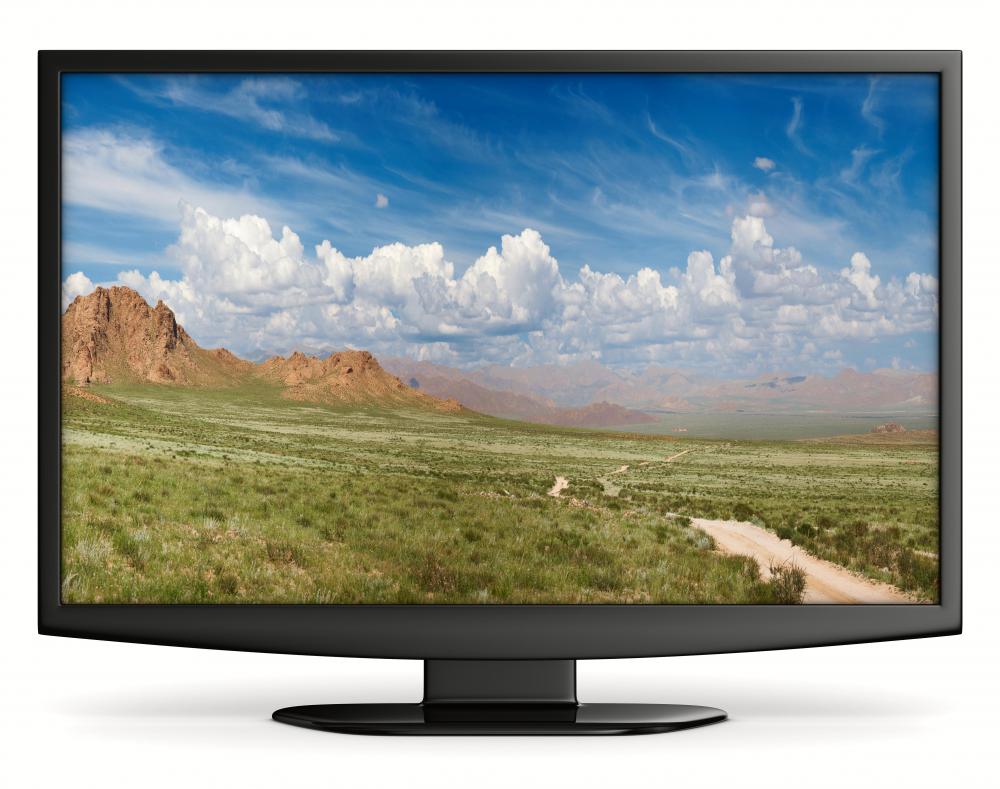At WiseGEEK, we're committed to delivering accurate, trustworthy information. Our expert-authored content is rigorously fact-checked and sourced from credible authorities. Discover how we uphold the highest standards in providing you with reliable knowledge.
What Is Wireless HDMI®?
Wireless HDMI® basically refers to any system by which someone can have a high definition (HD) signal sent between two or more devices wirelessly. A high definition multimedia interface® (HDMI®) is a type of connection between devices that allows for an HD signal to be sent and received by those devices. This is a standardized format that has become synonymous with HD broadcasting and connecting HD devices, such as Blu-ray players and HD televisions (HDTVs). Wireless HDMI® is not a single, standardized technology, and is simply a generalized term for any type of wireless technology used to transmit HD signals.
The term “wireless HDMI®” has not been officially sanctioned by HDMI® Licensing LLC, which owns the trademark on the term “HDMI®.” This is due to the fact that there are no standards for wireless HDMI® and the term is colloquial in nature and ultimately meaningless in a strict, technological way. HDMI® is the connection and the type of wire used to connect two or more HD devices to each other. This type of connection has undergone a number of improvements and revisions to the standards that govern it, often seen through version numbers such as “HDMI® 2.0.”

Wireless HDMI® simply refers to any type of hardware that can be used to transmit HD signals wirelessly, which then circumvents or adds to the use of HDMI® cables. This type of system can be used by someone who wishes to mount an HDTV on a wall without including the various devices that he or she wishes to connect to it. These devices can, instead, be connected to a wireless transmitter, even in another room, which then sends a signal to a wireless receiver mounted onto the back of the HDTV. This creates a “wireless HDMI®” connection, though an HDMI® cable is not connecting the devices to the TV.

When this type of wireless HDMI® was first introduced, it was quite expensive and the initial price point was prohibitive for many users. The costs of these devices have gone down significantly, but many users continue to wait before utilizing such systems. This is often tied to the fact that wireless HDMI® is still not standardized, which means that different systems can use different methods for wireless connectivity and have differing levels of quality. Many technology consumers prefer to wait for standardized systems that better ensure high levels of quality and reliability in the products governed by such standards.
AS FEATURED ON:
AS FEATURED ON:












Discuss this Article
Post your comments